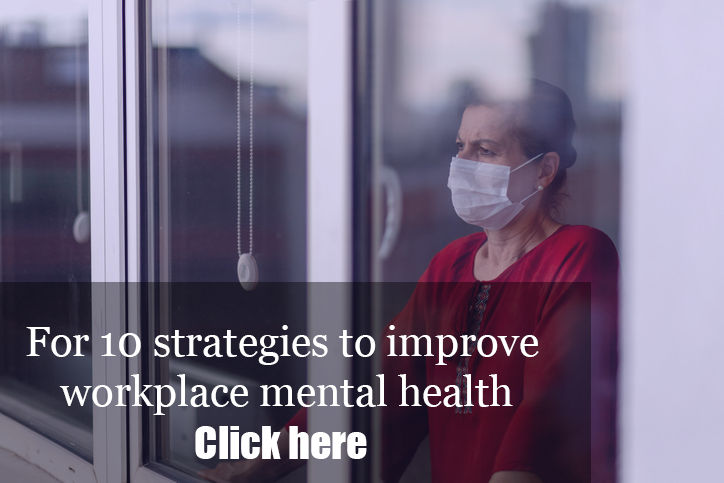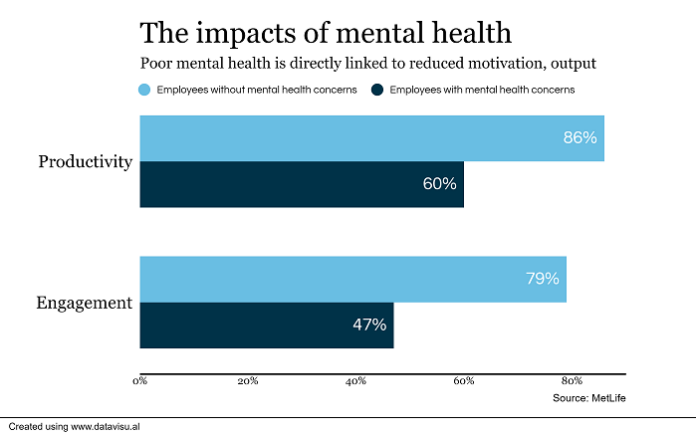When we think of the number of lives lost to or impacted by COVID-19, it probably doesn’t include those who have been victims of addiction.
While the scourge of addiction is not new and will continue to remain a significant issue long after the coronavirus pandemic has ended, the “collision” of addiction with COVID-19 has resulted in a host of challenges that have exacerbated an already serious substance abuse situation and obstructed efforts to contain it.

Between April 2019 and April 2020–the latest month for which preliminary federal data is available–there were 76,000 drug overdose deaths, a 13% increase over the same time the year before that. There was also a national surge in overdose-related cardiac arrest during the initial months of the pandemic in the U.S., with values elevated by approximately 50%. This set up 2020 to be the worst year ever for overdose deaths.
Coronavirus’ Impact on Substance Use
Initially, many patients being treated for substance use disorders (SUD) were reluctant to seek treatment for fear of contracting COVID-19. In addition, many treatment centers and recovery programs were forced to close or significantly scale back during shutdowns that were imposed across the country. Many other patients struggled with the isolation that accompanied lockdowns and social distancing edicts. The social isolation created by the pandemic has also led to an increase in people overdosing alone, with no one around to call 911 or administer the opioid overdose antidote, naloxone.
See also: Managing the COVID stress crisis with finesse, compassion
As shutdowns continued into the summer, the federal government responded by easing restrictions for virtual addiction treatment, which made it easier for treatment providers to retain patients and attract new ones. But, as vaccines start to become available for COVID-19 and with the pandemic’s end on the horizon, advocates are worried about resorting back to old rules that make it more difficult to get people into addiction treatment.
Employers Need to be Part of the Solution
Employers are in a unique position to spot the signs and symptoms of substance misuse early. The National Safety Council is alerting employers to brace for an increase in employee substance abuse as a result of the pandemic’s impact on mental health. COVID-19’s effect on psychological systems and disorders, addiction and behavioral health is substantial and ongoing, and will negatively impact employees’ long-term mental health, putting employees at greater risk for chronic illness and addiction.
 This escalating situation could pose a serious threat to worker safety and cost companies tens of thousands of dollars in productivity losses, absenteeism and workers’ compensation claims if employers don’t plan ahead. It’s up to company leadership to stem the substance abuse tide that is anticipated to continue for years to come.
This escalating situation could pose a serious threat to worker safety and cost companies tens of thousands of dollars in productivity losses, absenteeism and workers’ compensation claims if employers don’t plan ahead. It’s up to company leadership to stem the substance abuse tide that is anticipated to continue for years to come.
Substance misuse should already have been on companies’ radars, but unfortunately, for some, it’s not. A 2019 Emerging Trends survey by Willis Towers Watson revealed that only 22% of employers had a plan to address opioid use, and only 23% were considering initiatives to prevent the use of opioids.
A Balancing Act to Stem the Tide of Addiction
Employers that are serious about handling workplace addiction must balance compassion for the employee with a need to keep their workplaces running smoothly–all while ensuring that company procedures are being met. Steps managers and leaders, led by HR, can take include:
- Begin an open dialogue with staff. It’s important to foster an environment where substance abuse can be discussed openly and without stigma, with the understanding that some employees may still be dealing with COVID-19-related emotional issues. In addition, awareness programs should be launched that focus on substance use. They should include broad education that reduces associated stigma and the best ways to work with employees and family members who may be struggling with SUD. Through employee assistance programs, employers can provide resources and referrals to mental health professionals to ensure employees are cognizant of support programs and know how to access them.
- Conduct manager training. Targeted managers should be trained annually on topics like EAPs, mental health and SUDs. Also, manager toolkits should be created and updated to help managers identify the right resources for specific issues.
- Employ technology tools. Information and communications technologies can play vital roles in addressing and managing SUDs in the workplace for both on-site and remote employees. Technologies can be used as adjuncts to traditional treatment–or, in some cases, as stand-alone therapy. A virtual addiction technology solution like Quit Genius can help employers improve the prevention and treatment of substance abuse in a way that is cost-effective and increases reach to a broader population, including the many people with SUDs who aren’t in treatment.
- Have a clear set of rules to follow. This is one of the best ways to manage addiction in the workplace. Clear workplace policies like EAPs and self-help, peer-based programs, along with treatment resources and referrals, all provide support for employees and their families. Remember that all pre-pandemic principles still apply when employees are facing an SUD. Don’t reinvent the wheel and abandon what you already know to work.
Economists and other experts predict that a global recession will take place post-pandemic, though its impact on substance abuse is not yet known. Employers should expect that, in the near-term, there will likely be a rise in consumption for some populations as a consequence of increased post-traumatic stress disorder and psychiatric comorbidity.
Related: Is compassion a new treatment for addiction?
Realize that each person will experience the stress and trauma of the pandemic differently, and that some may not show signs of or experience mental health distress for weeks or months. Knowing this, employers can start to prepare now for the best ways to support impacted employees and help their business recover from the serious side effects of an unprecedented crisis. The ability to provide timely care post-pandemic is crucial, and employers should make it a priority moving forward.



